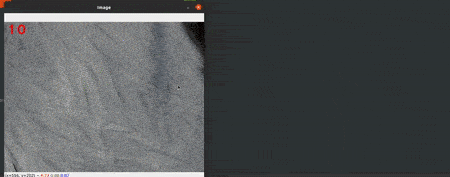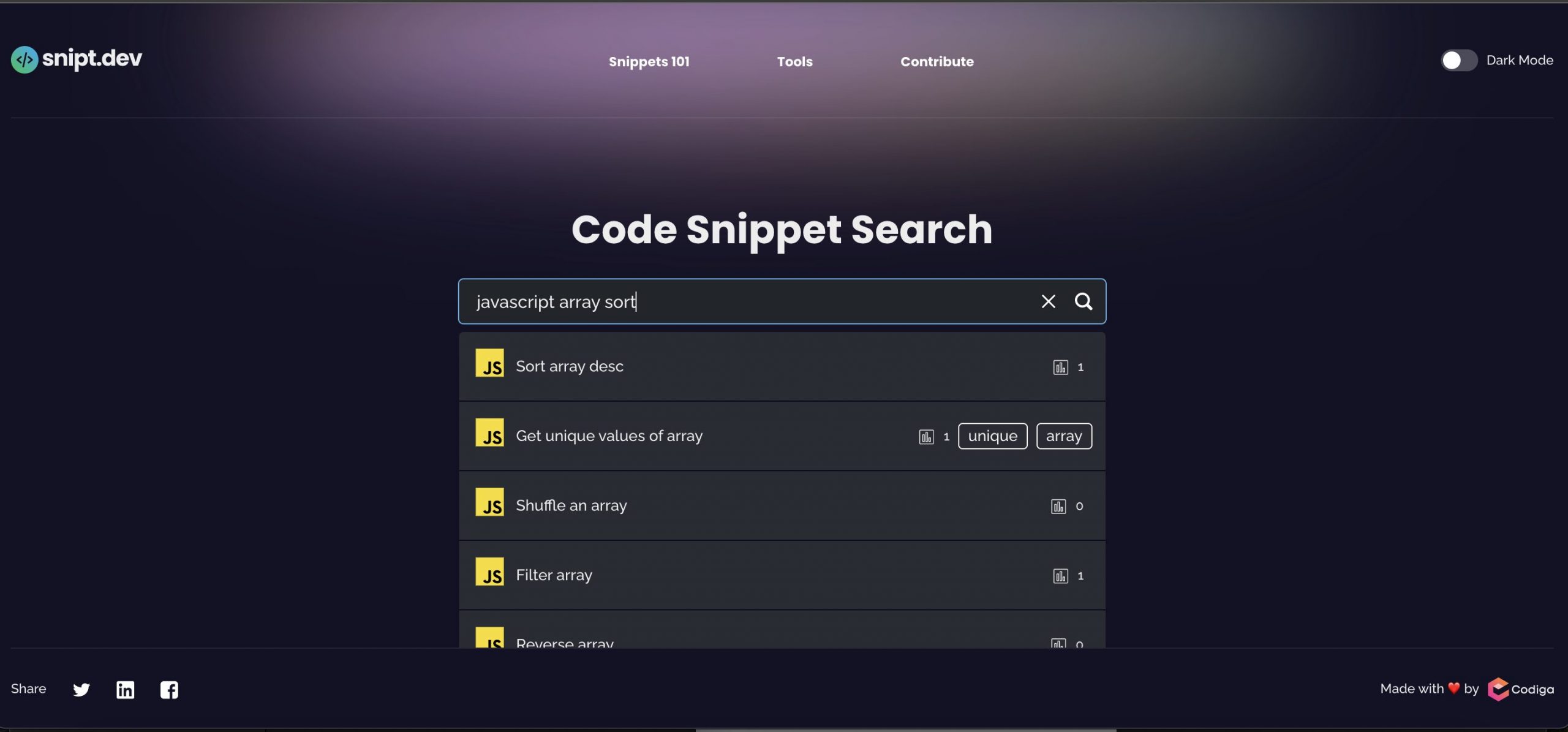技術情報
- 2022年04月12日
- 技術情報
6 Tips for optimizing a laravel application
Today, I would like to share about some tips for optimizing a laravel application. Let’s take a look.
1. Cache routes, config and views
Caching speeds up your application. This is important when deploying a application to a production environment.
To cache your routes, you can use the following command:
php artisan route:cache
To clear the route cache, you can use the following command:
php artisan route:clear
To cache config, you can use the following command:
php artisan config:cache
To cache your views, you can use the following command:
php artisan view:cache
2. Remove unused services
You should remove unused services when the application grows. This can be done by removing the service from the config/app.php file.
3. Remove unused packages
To keep the app clean, you should remove unused packages from the application. This can be done by removing the package from the composer.json file or by running the following command:
composer remove package-name
4. Remove development dependencies
You should also remove development dependencies when deploying to production. This can be done by running the following command:
composer install –prefer-dist –no-dev -o
5. Composer Autoload Optimization
For your applications, you should use the composer autoload optimization feature as the autoloader can take significant time for each request:
composer dumpautoload -o
The -o flag will convert PSR-0/4 autoloading to classmap to become a faster autoloader.
6. Precompile your assets
If npm is used for your front-end development, you should precompile your assets. This can be done by running the following command:
npm run production
This will compile the assets and create public/assets directory.
This is all for now. Hope you enjoy that.
By Asahi
waithaw at 2022年04月12日 10:00:00
- 2022年04月08日
- 技術情報
知っておいていただきたいこと – 1
今回は、知っておいた方がいいとおもったことをいくつか紹介します。
Tip – 1
APIやajaxリクエストのレスポンスとしてデータを返したくない場合は、簡単にnoContent()メソッドを使用することができます。非常にクリーンで、データなしの成功レスポンスを返すのに非常に便利です。
#HTTP, #PHP
public function update(){
return response()->noContent();
}Tip – 2
Laravel 9.xで新しい追加こと 「whenTableHasColumn とwhenTableDoesntHaveColumn」
この関数は、移行時にテーブルのカラムの更新を行うためのこと
//マイグレーション.アップ
Schema::whenTableDoesntHaveColumn('product', 'order', function (Blueprint $table) {
$table->unsignedInteger('order')->default(0);
});
//マイグレーション.ダウン
Schema::whenTableHasColumn('product', 'order', function (Blueprint $table) {
$table->dropColumn('order');
});ということで、今回はこれで終わります。
金担当 – Ami
asahi at 2022年04月08日 10:00:00
- 2022年04月07日
- 技術情報
DataTablesを使用したテーブル生成とサーバーサイド連携(7)
本記事ではDataTablesを使用したテーブル生成方法とサーバーサイド連携方法をシェアします。
前回の記事でページング処理ができましたので、今回はデータテーブルの各項目にソート処理を追加していきたいと思います。
nishida at 2022年04月07日 10:00:00
- 2022年04月05日
- 技術情報
Basic HandTracking in Python, OpenCV using mediapipe
Today I would like to share about tracking hands in python and opencv using mediapipe library.
Let’s take a look.
OpenCV is a tool for image processing and performing computer vision tasks. It is an open-source library that can be used to perform tasks like face detection, objection tracking, landmark detection, and much more. It supports multiple languages including python, java C++.
MediaPipe is Google’s open-source framework for media processing. It is cross-platform that can run on Android, iOS, web.

First of all, we will import required libraries in line 1 to 3.
Next, in line 6, we need to create a VideoCapture Object to capture a video from a webcam.
And if not found camera, info message is displayed in line 9.
Then in line 14 to 16, we will call the methods of MediaPipe and create a Hands() object to detect handlandmarks.
Next, in line 21, while camera is opened, we will handle hand tracking processes .
In line 22 and 23, read the images from the camera and convert the images to RGB images because we will have to pass only RGB images in hands.process(imgRGB) of line 25.
In line 26, we can get hand Landmarks easily by the help of mediapipe. If we print landmarks, we will see they are coordinates in line 27.
And we need to draw every hand landmarks by using drawing_utils of mediapipe in line 29 to 31.
And we will also show the frame rate of the camera. So we will calculate fps with cTime(current time) and pTime(previous time) by using time library in line 33 and 35. Before that, firstly cTime and pTime are also needed to assign into 0 in line 18 and 19.
Then we will write fps value on the display capture in line 37.
Finally, in line 39 and 40, we output the live capture.
There we go.

So this is all for now. For further details information, here are the reference links.
https://docs.opencv.org/4.x/d6/d00/tutorial_py_root.html
https://google.github.io/mediapipe/getting_started/python.html
Hope you enjoy that.
By Asahi
waithaw at 2022年04月05日 10:00:00
- 2022年04月04日
- 技術情報
Searching code snippets
Developers often spend hours searching for snippets to use and Google for StackOverflow on Sourcegraph. I will introduce to a website called snipt.dev , a search engine for codes you can reuse.
Code snippets are blocks of code that you can share and reuse. Reusing safe and tested code not only improves productivity, but also always imports the correct code for missing arguments (missing arguments, unchecked error codes, exceptions, etc.).
We usually don’t remember all the details for writing a block of code. If there are required or optional parameters, what parameters does the function take and what are their types? Code snippets allow you to use the code patterns directly to maximize your productivity.
snipt.dev is a code snippet search engine. You don’t have to google for hours. Find the snippet that’s right for you. For example, if you search for “react typescript”, snipt.dev will only show Snippets related to TypeScript, and “react javascript” will only show snippets related to JavaScript (and obviously react).
For example, if I want to search for array sorting code snippet for JavaScript,


I think this service is pretty convenient for developers like us. I hope this might be helpful for you too.
Yuuma
yuuma at 2022年04月04日 10:00:00